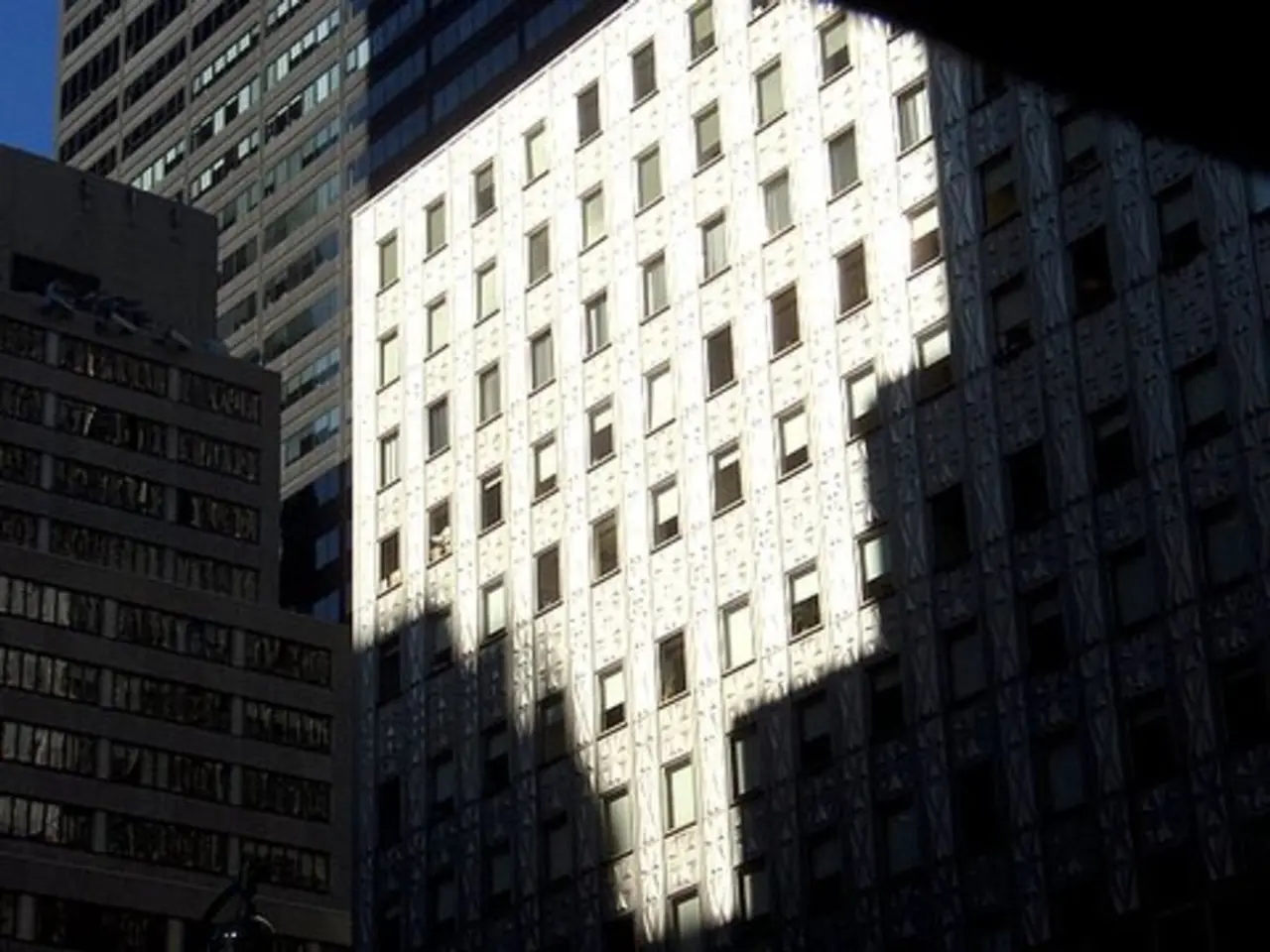Automating Construction: The Role of Robots in Combating Climate Change
At the Technical University of Munich (TUM), a groundbreaking project is redefining the construction landscape. Robots and 3D printing are being used to create digital climate-optimized construction, building energy-efficient facades with simple, monomaterial components like bricks. This innovative approach enhances sustainability and thermal performance.
In this pioneering project, robots assist craftsmen in accurately positioning bricks based on data from a digital design configurator. The result is the construction of thick, multi-layered brick walls, up to 55 cm thick, that reduce heat loss. These walls combine weather-resistant outer bricks with insulating inner bricks, such as perforated ones, to optimize energy efficiency.
The integration of digital planning, robotic execution, and craftsmanship demonstrates how automation expands construction capabilities, rather than replacing human skills. Robots lay bricks layer by layer with exact placement, a critical factor when optimizing the facade for climate responses like insulation and heat management.
While the Munich brick project specifically emphasizes bricks, 3D printing in the broader field of digital construction often complements such approaches by enabling complex or custom facade elements with minimal waste and optimized shapes tailored to thermal optimization. Digital tools also facilitate early simulation and optimization of facade performance, ensuring energy efficiency.
The collaboration between TU Munich, TU Braunschweig, and the company Additive Tectonics has resulted in a facade element with integrated shading, supporting structure, and insulation. This monolithic design, a blend of structure, insulation, and sun protection, is based on ideas by architect Marcel Breuer from the 1960s but implemented with digital technology.
Bricks, with their simplicity and sustainability, allow for easy and environmentally friendly construction. With monomaterial constructions, considerations for deconstruction and recyclability are taken into account. The challenge lies in controlling moisture and temperature precisely during printing due to the combination of delicate and massive areas.
The shaded wall is simulated on the computer before construction, ensuring accuracy and efficiency. The combination of technology and traditional craftsmanship opens up new prospects, especially for young people, making construction more appealing as a profession that evolves with the future. This innovative approach to sustainable construction is scalable and promises a greener, more energy-efficient future for buildings.
- The groundbreaking project at Technical University of Munich (TUM) is utilizing data-and-cloud-computing to design and implement environmental-science strategies in construction, such as the use of 3D printing for digital climate-optimized buildings.
- The integration of technical aspects like artificial-intelligence, robotics, and digital planning, combined with traditional craftsmanship, presents new opportunities in the field of science and technology, particularly appealing to younger generations interested in modernizing the construction profession.
- The TUM project showcases how data-and-cloud-computing and technology can contribute significantly to climate-change solutions, by enabling energy-efficient and sustainable buildings that prioritize resource optimization and insulation needs.




